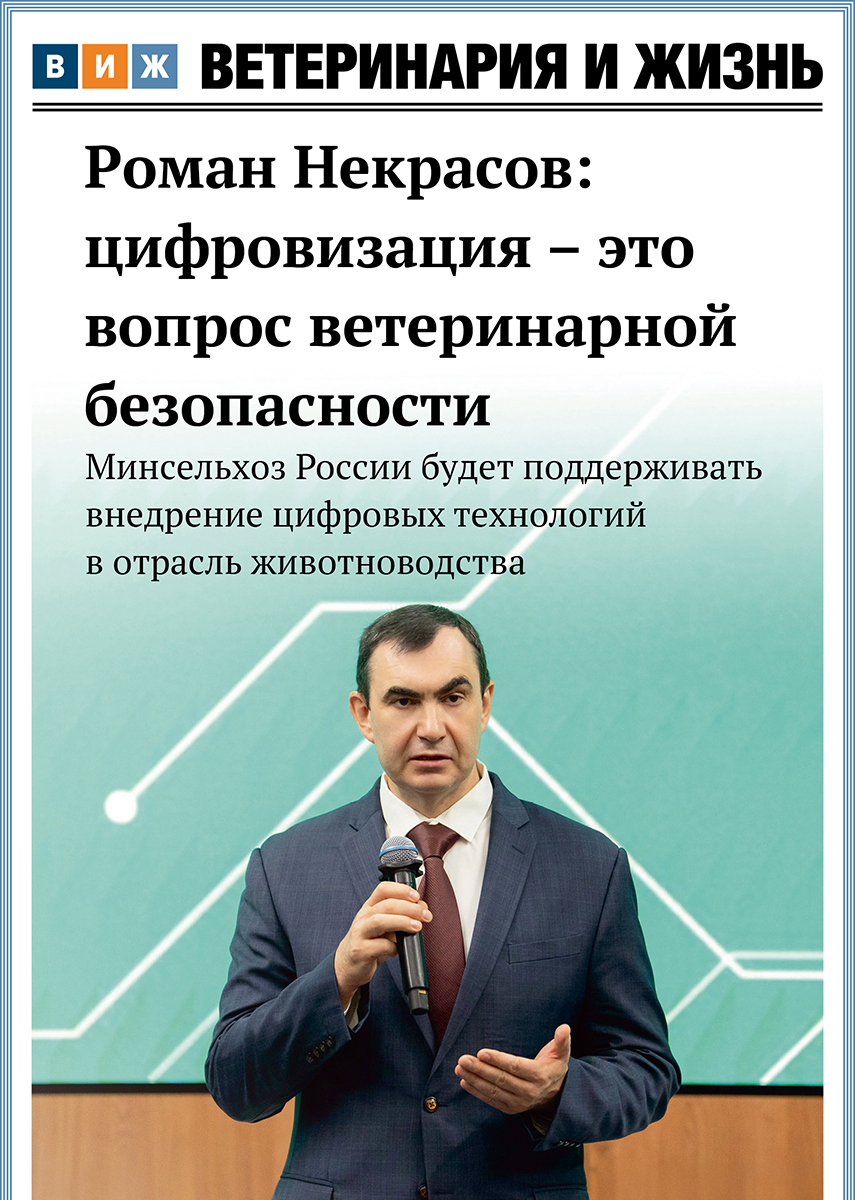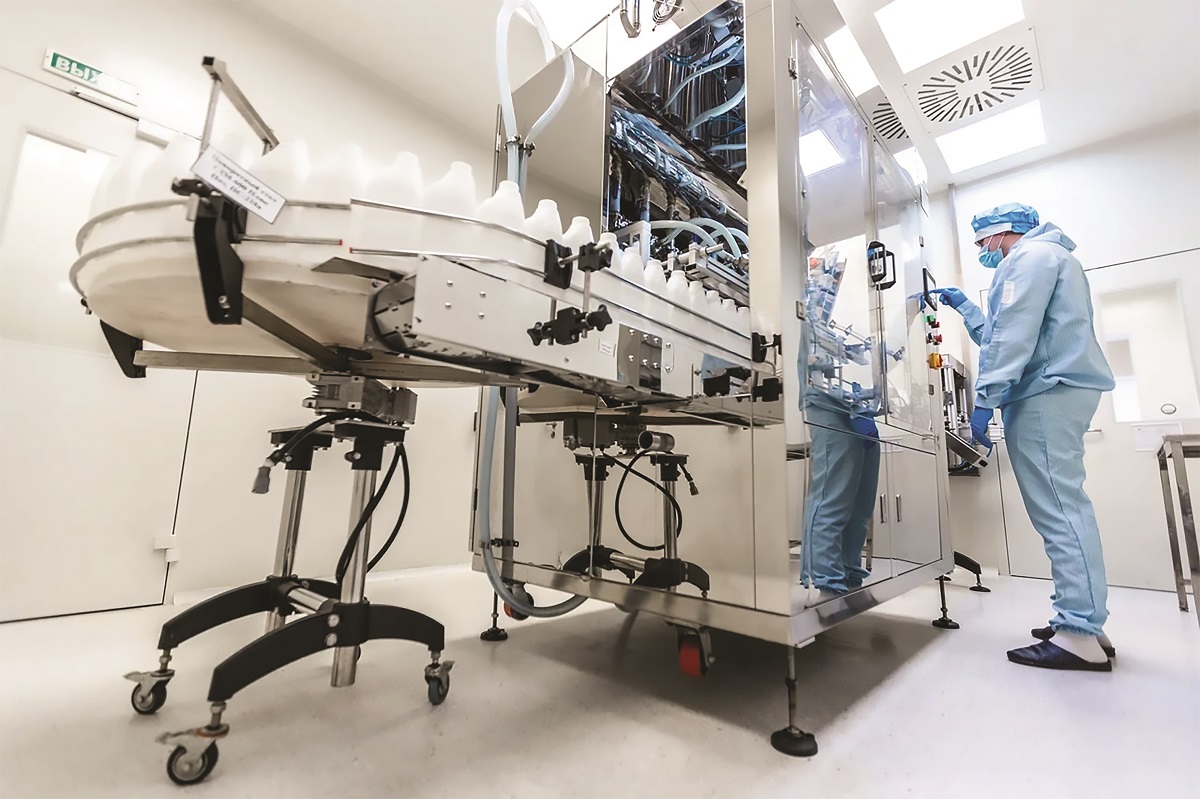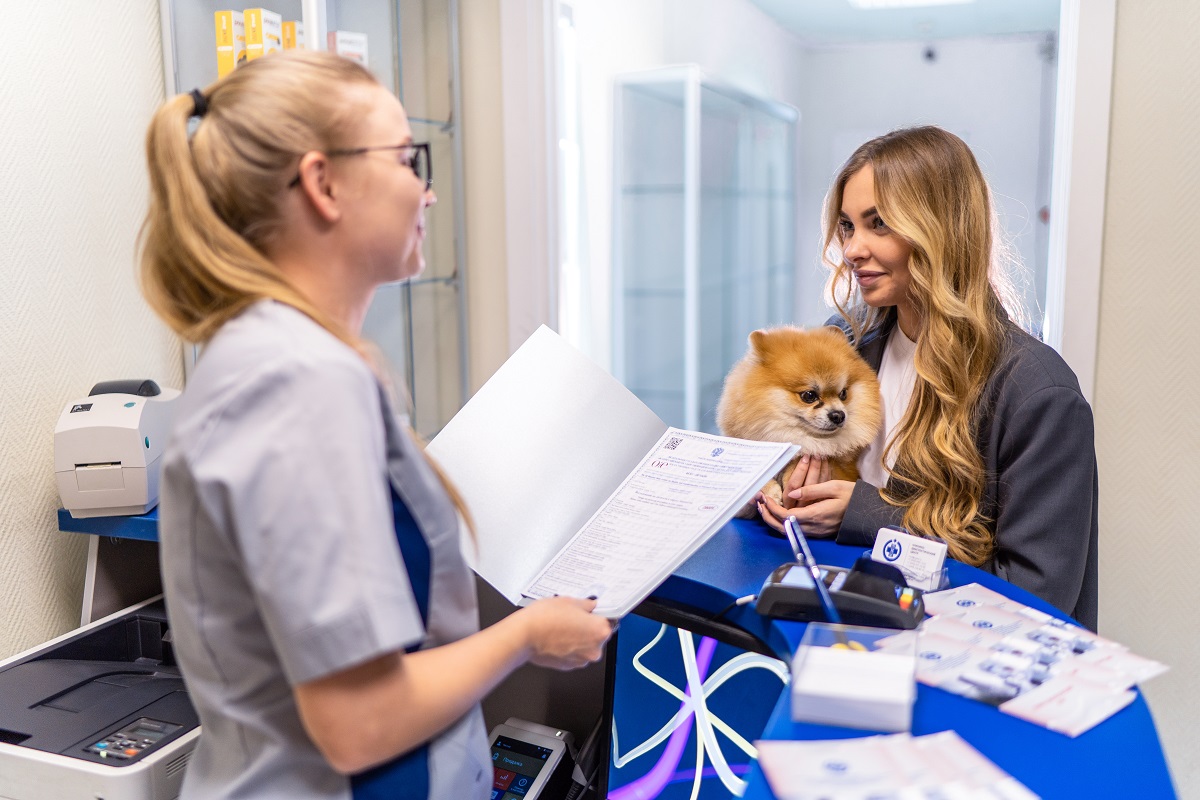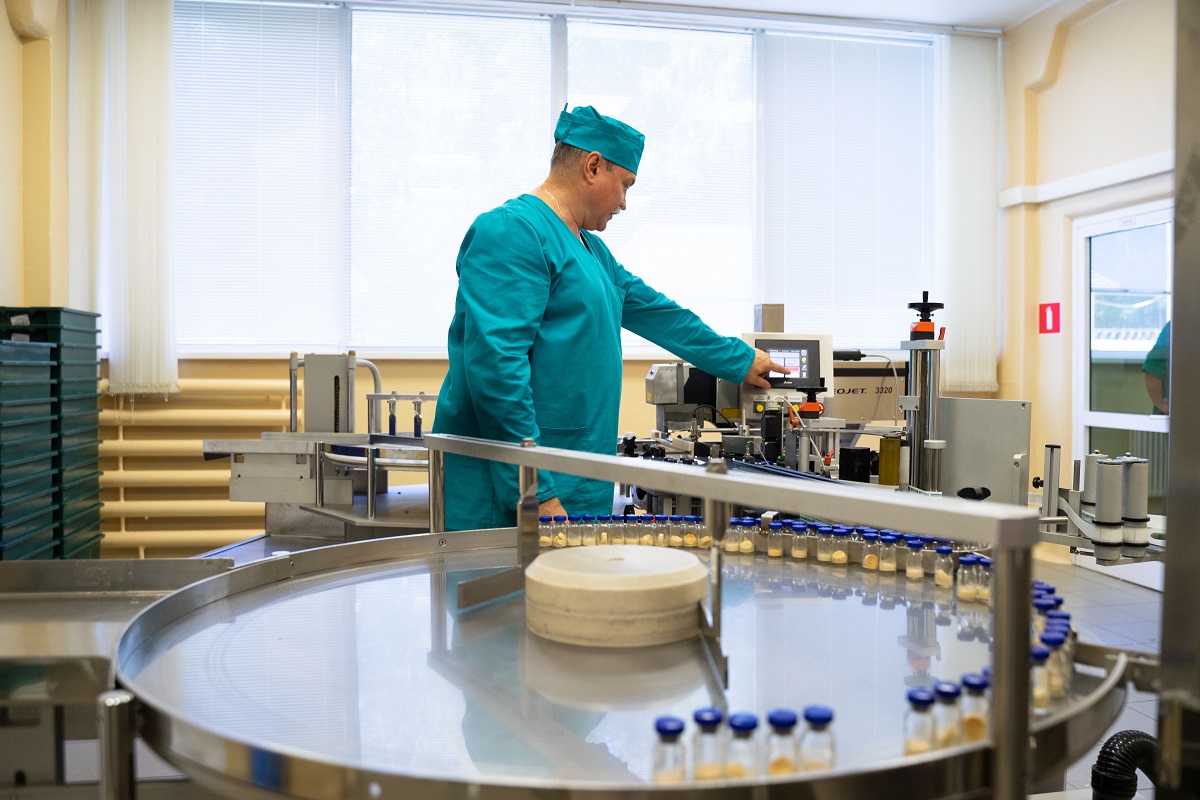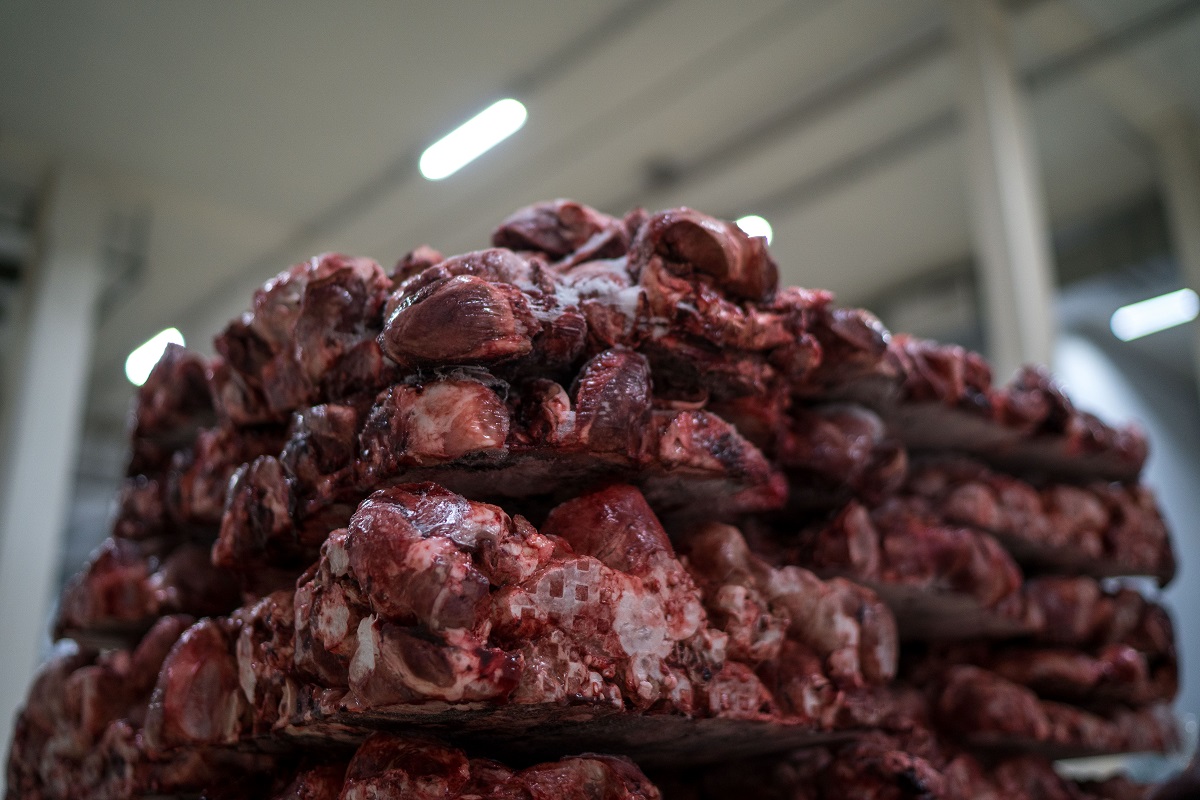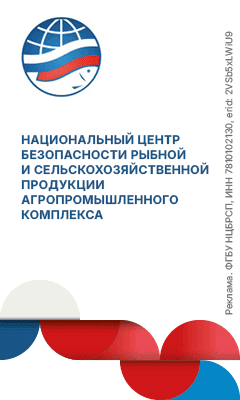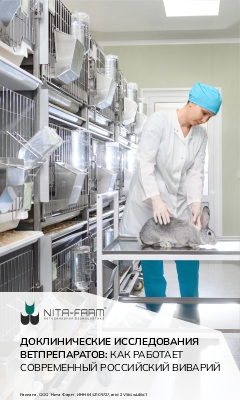Reminder: The law (Federal Law No. 317) that sets new rules for the introduction of animal health products into the Russian commercial market comes into force on September 1, 2023. According to new rules, production sites of both local and foreign manufacturers must hold a GMP certificate (good manufacturing practice). Otherwise, it will no longer be possible for them to introduce veterinary drugs into the Russian commercial market. Some overseas manufacturers say that the new rules will lead to a shortage of animal drugs and vaccines in the Russian Federation.
Some people believe that with the new rules, Russian pet owners may experience a lack of cardiovascular and dental drugs, antibacterial sprays, and branded animal drug products. Is that so?
Sergey Kasparyants: This is often a double-talk. Foreign companies aren’t at all eager to comply with the requirements of the Russian Federation and have been avoiding the law for many years. On September 1, the loophole will be closed. The importers have laid in significant stocks to work their way through 2024, and this is good. Russian manufacturers require time to finalize current projects and fill in these gaps. I’m safe to say that within 1-2 years, 99% of veterinary pharmaceuticals will be replaced by domestically produced products that are similarly safe and efficient.
So there is no reason to panic?
Sergey Kasparyants: That’s right. The range of veterinary drugs will grow and develop. Think back to 2014, when all shelves in human pharmacies were filled with foreign-made drugs, and currently the situation is dramatically different. The same will happen in veterinary pharmacies, but faster.
To what extent can the Russian animal health industry today be considered independent of foreign imports?
Sergey Kasparyants: A huge step forward has been made in this direction over the past 10 years. In many segments, the share of domestically produced veterinary drugs exceeds 70%. These are products both for food-producing animals and pets.
According to our recent analysis of inquiries from the largest pet stores and veterinary pharmacies, together with import data, 300 out of the top 400 pet drugs are domestically produced.
Generally speaking, the independence of the veterinary pharmaceutical sector from imports can be estimated at 50-55%, and the industry is developing fast. Our company alone has plans to launch two new sites for the production of five groups of animal health products. Altogether, it will provide the market with more than 100 products involving the use of new technology. This requires investments, primarily in scientific research, technology research, and the development of genuinely new, revolutionary approaches.

